September 19 2020 – Meghan Conyers

The Art and Science of Today’s Bespoke Shoes
There’s no questioning how much people love shoes. We’ve seen viral videos of people fighting over rare pairs or queueing for days just to be the first to purchase a new release.
We’ve watched shoes evolve from being nothing more than a means to protect our feet from the elements of nature to a way of expressing our personal style.
From function to fashion, shoes have changed so much over the years that we wonder what will come next. We ask – what’s trending in shoes? What’s in? What’s out? Will we see retro designs bust their way back into the scene? What’s the future in footwear?
From “smart” shoes to power laces to footwear that is 3D-printed, the future in shoes almost sounds like the stuff of science fiction. But the more we looked into what people want in the perfect shoes; we discovered more than just shoes that changed color or generated electricity. It seemed that the future of footwear involved combining innovations with ancient artforms.
We’re talking about personalized handmade shoes that are tailored based on the exact measurements of the person they are constructed for. We’re talking about bespoke shoes with a touch of tech.
In ancient times, all shoes were made-to-order and handmade. Today, owning a bespoke pair of footwear is considered a luxury because of the skill and expertise it requires to construct a pair. The art of shoemaking involves hand cut pieces and expertly designed patterns. Shoemakers cut, sew, stitch, carve details, and hammer materials into shape.
A pair of bespoke shoes involved getting measured for a last to ensure the perfect shape and fit. Patterns were first created out of paper to create templates later used to cut out individual pieces of leather. To form the top of your shoe, those pieces were then stitched together to form the upper. Finally, all the separate, carefully hand-cut pieces are brought together through a traditional hand-sewn welt technique that was developed by the first shoemakers in history.
From clicking, closing, lasting, bottoming, and finishing – constructing a bespoke pair of shoes is a lengthy process that can only be executed by skilled hands. Today, this tradition is modernized by blending personalization and manual skill with technology.
When asked about the demand for bespoke, head of the UK Fashion and Textile council Paul Alger says, “For many years consumers have been rather passive about what they’ll buy, but now there’s a whole generation of new consumers that say, ‘I will buy less, but I will buy better.”
Just as there are people willing to settle for mass-produced shoes, there are many who prefer the distinction that comes with wearing a pair of shoes that are tailored to fit and handmade based on specific design preferences.
There is a certain element of romance and luxury in the personalization of what you wear that men and women alike appreciate. And with technology now playing a part in making tailored, handmade footwear more accessible, thanks to digitized ordering processes and software that helps with design and perfect measurement, it’s no wonder we see the shift in demand for bespoke.
Tagged:


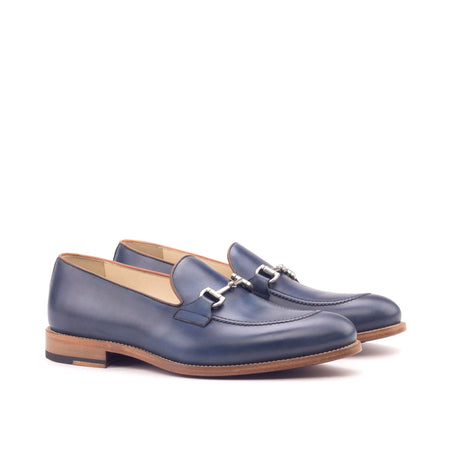
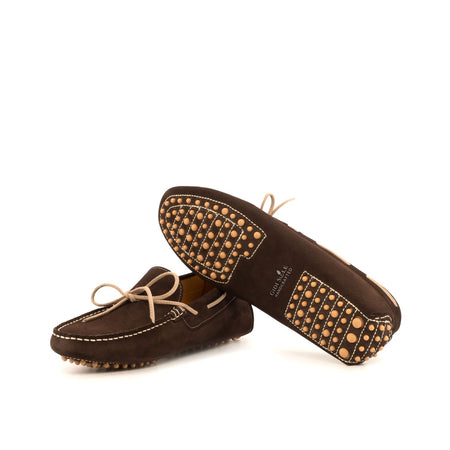
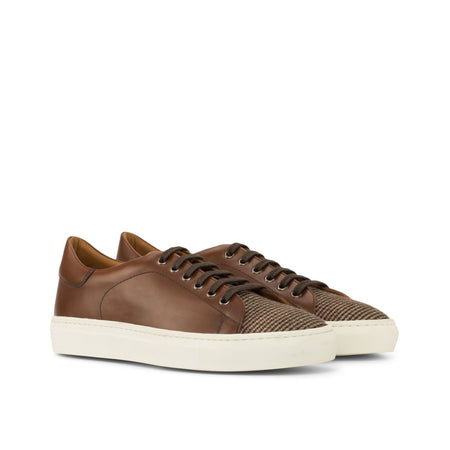
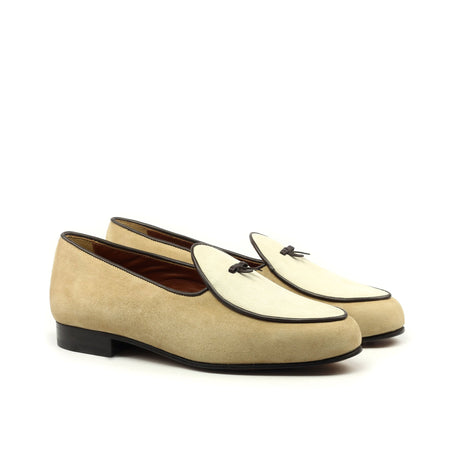
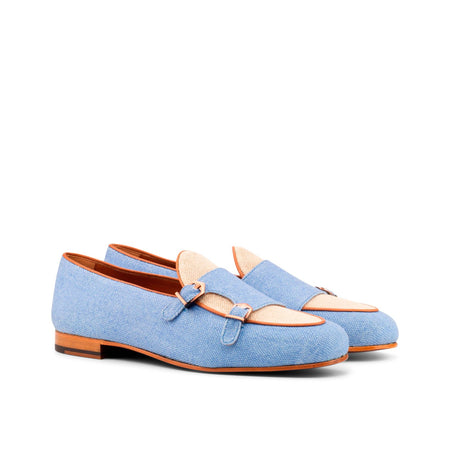

0 comments